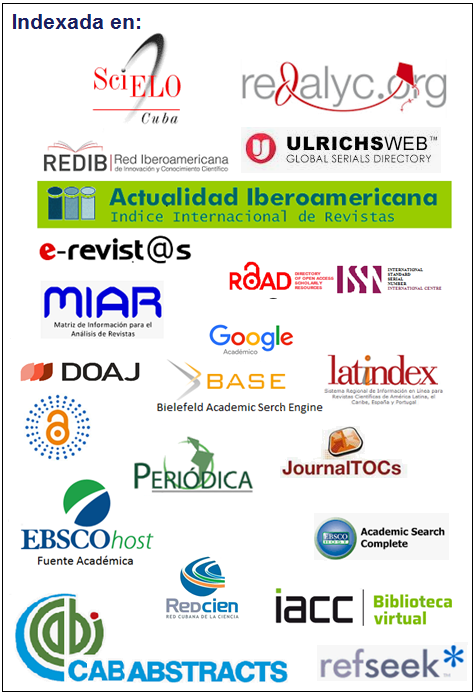Identificación experimental del subproceso de postcombustión en un horno de reducción de níquel
Keywords:
Modelación matemática, reducción, mineral laterítico, identificación de sistemas, modelos en el espacio de estadoAbstract
Se ha desarrollado un modelo matemático en el espacio de estado, que refleja de forma satisfactoria el comportamiento dinámico del subproceso de postcombustión de un horno de múltiples hogares destinado a la reducción de níquel mediante el esquema carbonato-amoniacal. Este modelo se utilizará para el diseño de un algoritmo de control de la temperatura del hogar 4, la cual influye decisivamente sobre la estabilidad del perfil de temperatura del horno. Se empleó como herramienta de cálculo el "Toolbox" de Identificación de Sistemas del programa MATLAB. Para su obtención se realizaron varios experimentos en diferentes puntos de operación del proceso, atendiendo al carácter no lineal del mismoDownloads
Download data is not yet available.
Published
2001-05-09
How to Cite
Ramírez-Mendoza, M. (2001). Identificación experimental del subproceso de postcombustión en un horno de reducción de níquel. Minería & Geología, 18(2), 6. Retrieved from https://revista.ismm.edu.cu/index.php/revistamg/article/view/207
Issue
Section
Articles
Copyright & Licensing
- Authors retain copyright and guaranteeing the right magazine to be the first publication of the work as licensed under a Creative Commons Attribution-NonCommercial that allows others to share the work with an acknowledgment of the work's authorship and initial publication in this journal.
- Authors may establish separate supplemental agreements for the exclusive distribution version of the work published in the journal (eg, place it in an institutional repository or publish it in a book), with an acknowledgment of its initial publication in this journal.
- Authors are allowed and recommended to disseminate their work through the Internet (e.g., in institutional telematic archives or on their websites) before and during the submission process, which can produce interesting exchanges and increase citations of the published work. (See The effect of open access)



